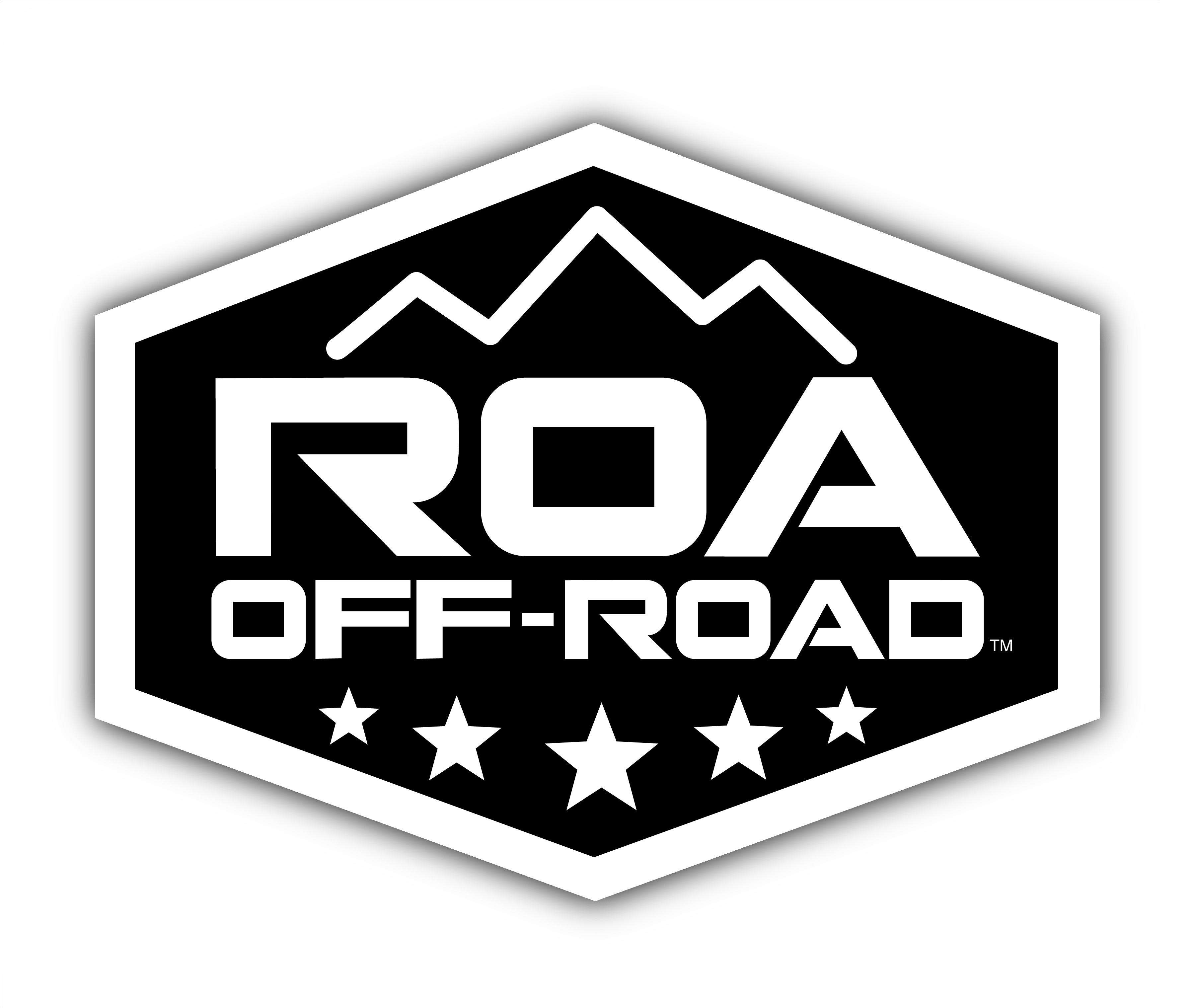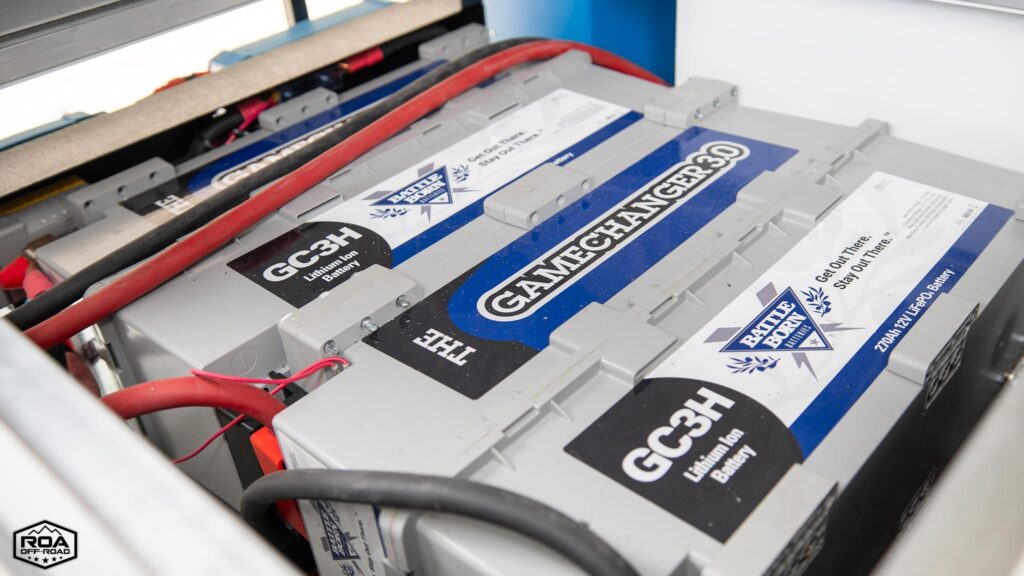A Simple Guide to Understanding Solar Power for Off-Grid Camping
Today, I’m diving into an educational topic that’s crucial for any off-grid camper: solar power. A lot of people don’t fully understand how solar works, so I’m here to break it down in the simplest terms.
Solar power is a popular and efficient way to keep your off-grid RV powered up, but it can be a bit confusing if you’re new to it. Let me explain the basics to you.
What is Solar Power?
Solar power is derived from solar panels that typically sit on the roof of your trailer or home. These panels can be made of glass, plastic, or rubber materials, each containing solar cells that collect energy from the sun. The primary function of these solar panels is to collect energy, not to provide it directly to your appliances or RV.
How Solar Power Works
Solar panels collect energy from the sun and convert it into electrical power. However, this power doesn’t go directly to your appliances. Instead, it is sent to your RV’s battery. Here’s a step-by-step breakdown of how the process works:
- Solar Panels: These are installed on your RV’s roof and collect energy from the sun. There are different types of solar panels, including flexible and elevated glass panels, with elevated glass panels being the most efficient.

- Solar Charge Controller: The energy collected by the solar panels is sent to a solar charge controller. This device regulates the voltage and current coming from the solar panels to the batteries, ensuring the batteries are charged safely and efficiently.
- Battery: The regulated energy is stored in the RV’s battery. Think of the battery as a water tank. The solar panels fill the tank (battery) with energy (water), which you can then use to power your RV’s appliances and lights.
Powering Your RV
Once the energy is stored in the battery, you can use it to power various devices in your RV. Here’s how it works:
– 120 Volt Power (Shore Power): This is the power you get when you plug your RV into an external power source, similar to plugging in a boat at the dock. It can power high-demand devices like air conditioners, TVs, and coffee makers.
– Generator: If you’re not plugged into shore power, you can use a generator. This portable engine runs on gasoline and can power your RV’s appliances by generating electricity.
– Battery Power: When off-grid, your RV relies on its battery to power essentials like lights, the refrigerator, and the furnace. The furnace typically uses propane for heat, but the fan and ignition require electricity from the battery.
Importance of Solar Panels and Batteries
While solar panels are essential for collecting energy, they don’t power anything directly. Instead, they ensure your batteries are charged. Here are some key points to remember:
– More Solar Panels: Adding more solar panels will help collect energy faster, which is especially useful if you consume a lot of power or are in an area with limited sunlight.
– Bigger Batteries: To store more energy, you need bigger or additional batteries. This allows you to run more appliances or run them for longer periods.
Common Misconceptions
– Solar Panels Do Not Power Appliances: Solar panels only collect and convert energy in an RV which charge the batteries. It’s the battery that powers your appliances.
– More Solar Panels vs. Bigger Batteries: If you want more power, focus on increasing your battery capacity rather than just adding more solar panels.
Conclusion
Understanding the basics of solar power can significantly enhance your off-grid camping experience. Remember, the solar panels collect energy, the charge controller regulates it, and the battery stores it for use. For more detailed guidance on powering larger appliances and maximizing your off-grid setup, stay tuned for next week’s post where we’ll delve into advanced power systems.
For a quick guide on how many watts different components require, check out the downloadable PDF in the link below. It’s a handy cheat sheet that you can print and take with you on your camping trips.
Download our Off-Grid Camping guide to experience camping the way it was meant to be!





